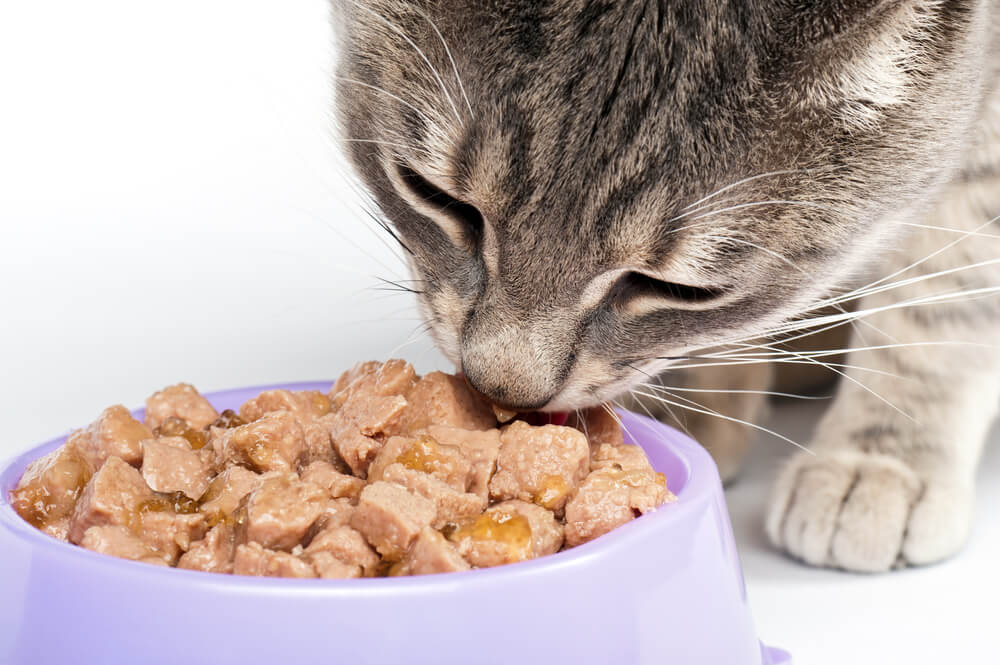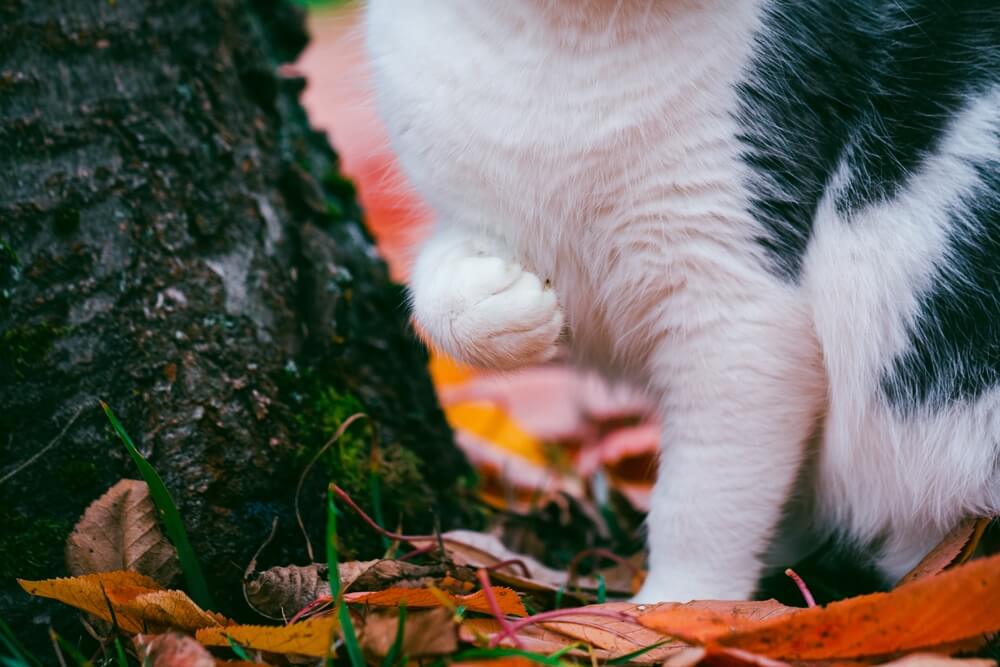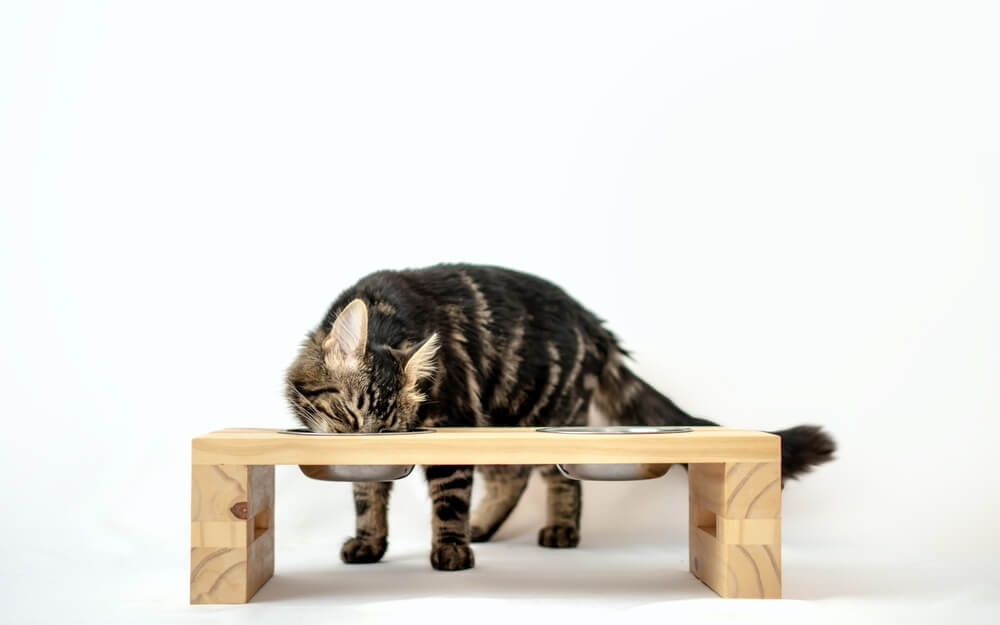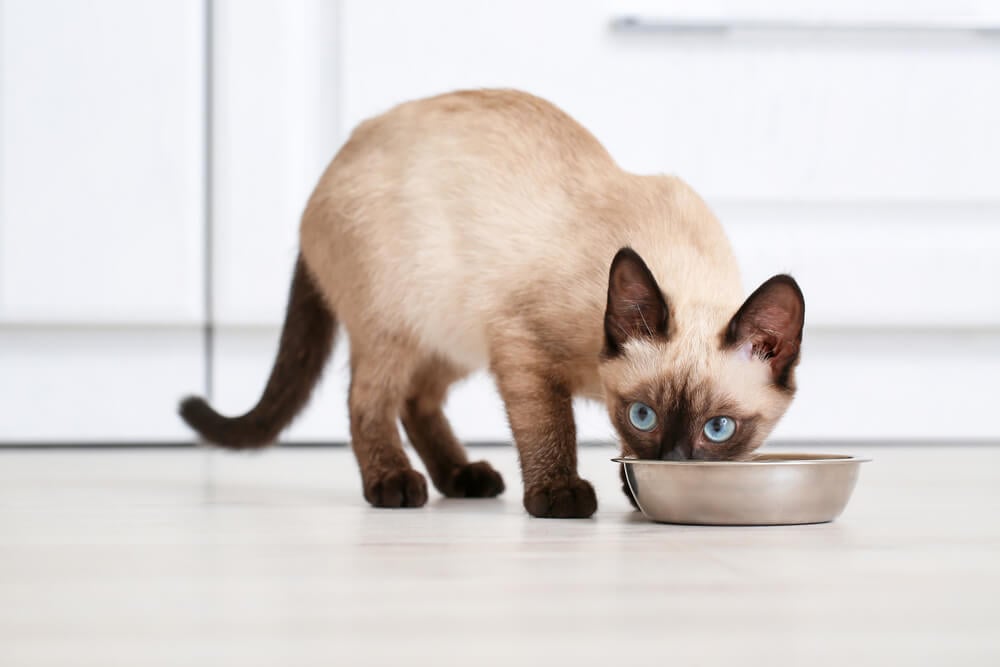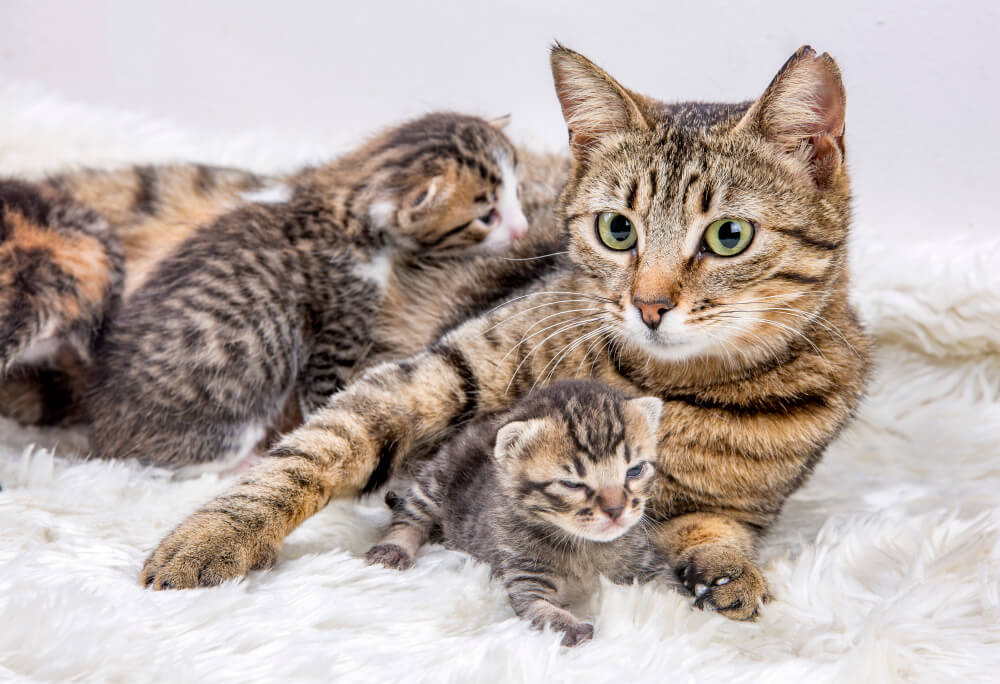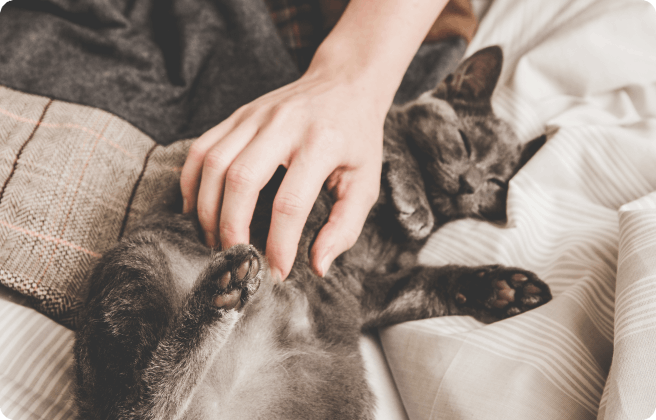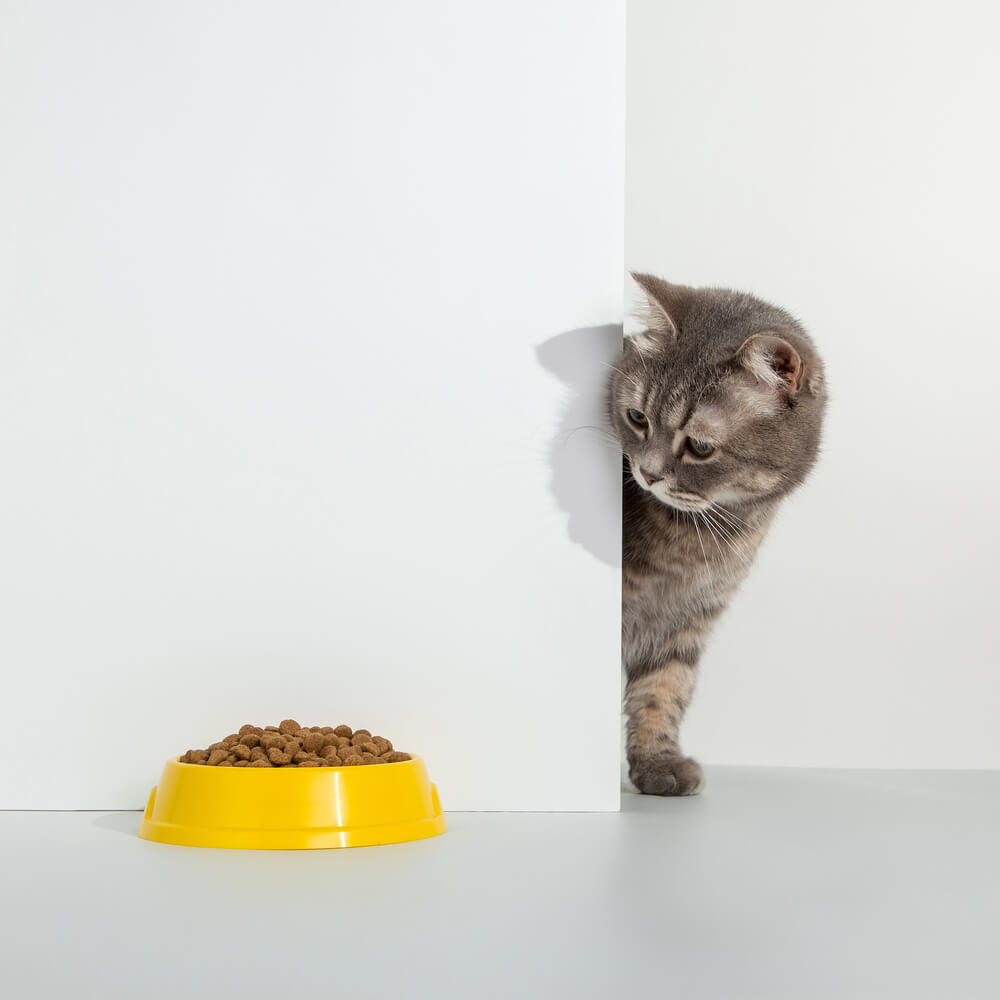
As a cat parent, you’ll know that cats are very sure about what they do and don’t what, and there’s no exclusion to this at dinner time. Being a fussy eater is a common trait among cats, but that shouldn’t mean they have to miss out on meals and essential nutrients. If your cat isn’t eating properly or at all for more than a day, it could also lead to complications such as hepatic lipidosis.
Some of the common reasons for cats being fussy eaters such as:
- Disliking a particular flavor
- Lack of routine
- Underlying health conditions
- Dental problems making it painful to eat
- Too many treats
- Environmental factors e.g not wanting to eat with other cats, dirty bowl, loss of appetite due to hot weather
- Taking a while to adjust to a new food
As you can see, the reasons for your cat being a fussy eater can vary greatly and it can be hard to pinpoint a particular reason. You might have to try different methods until you start to see some results.
Note: Never withhold food to make your cat hungry in the hopes of making them eat. This is even more important with food which has been prescribed for a medical condition.
Things you can do to try and encourage your cat to eat include:
- Heating up their food
Cats will be more interested in their food if they can smell it, a bit like humans. Can you imagine tucking into a Thanksgiving dinner without the smell of hot gravy and roast turkey? Neither can we. Heat up cat food to just below body temperature to release smells and boost your cat’s appetite. This isn’t as relevant for kibble or dry food.
- Add a topper or wet food
Although some cats may prefer the texture of dry food, it may become boring for them. Older cats may also struggle to swallow dry food without added moisture. Try different toppers, broths, canned foods, or even the liquid from canned tuna to your cat’s normal food, and see if this tantalizes their taste buds.
- Use a clean plate for every meal
Cats can turn their noses up if the bowl or plate they are eating from is dirty. This is especially relevant for cats who eat wet food, as it’s more likely to make a mess. Be sure to clean your cat’s plate after every meal and dispose of any uneaten food that has been left out for more than two hours. You wouldn’t want to eat dinner with yesterday’s leftovers, would you?
- Establish a routine
If your cat doesn’t know when to expect his or her meal, it might be difficult for them to work up an appetite or become excited about dinner time. A feeding routine, including a regular time and location, can help your cat with their eating habits. Try an automated feeder if you are out of the house often. And, if the new routine doesn’t work, you can always try changing where and when you feed them. Alternate locations and times until you find the right routine for your cat.
- Get involved with meal time
Some cats enjoy company while they eat, even to the extent of being hand fed. If your cat currently eats alone, try sitting with them to see if this helps their eating habits. Other cats may not like this method, so monitor your cat’s body language carefully. You could also try praising your cat when they have finished a meal to encourage them.
- Minimize treats
Try limiting treats to once or twice a day to avoid overfeeding your cat before meal times and decreasing their appetite. This will also avoid your cat enjoying treats more than their dinner.
- Change the serving dish
Some people hate eating from wooden spoons because the texture makes their hairs stand on end, others can’t get on board with paper straws. Cats are the same. Experiment with deep or shallow dishes, trays, bowls, plates, and even different materials such as china, metal, and plastic, to see what your cat prefers. Cat whiskers are very sensitive so this could all make a difference.
- Check the food quality
If you usually buy large bags of dry food, it may become stale over time once opened. Similarly, canned or wet food which has been opened and left in the fridge could become stale and odorless. Another thing to consider, if your cat has a loss of appetite or becomes unwell, is whether the quality of your cat’s food has been compromised. Keep an eye out for cat food recalls and see a veterinarian if your cat shows symptoms such as vomiting, diarrhea, or rapid weight loss.
Note: If these tips do not improve your cat’s appetite or if your cat is losing weight, looking thinner than usual, or begging for extra food, seek advice from a veterinarian. This could be a sign of underlying health concerns such as hyperthyroidism.
You could also change your cat’s food if the above advice doesn’t improve your cat’s appetite. Whether it is a complete change or developing a rotation diet to keep meals different and exciting for your cat.
We uphold the highest editorial standards when creating the authoritative content pet parents rely on and trust.
Every piece of clinical content on the Cat Food Advisor is reviewed by our certified Veterinary Advisory Board, which consists of licensed veterinarians and medically certified specialists.
Our reviews are completely independent; we are not paid by any pet food company to promote their products favorably. We do not accept money, gifts, samples or other incentives in exchange for special consideration. For more information see our Disclaimer & Disclosure page.




